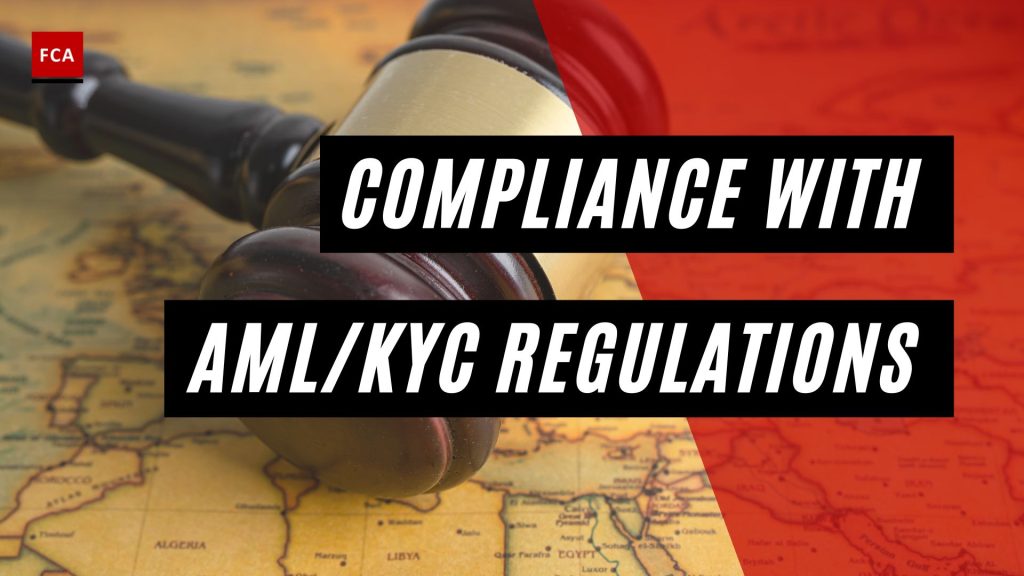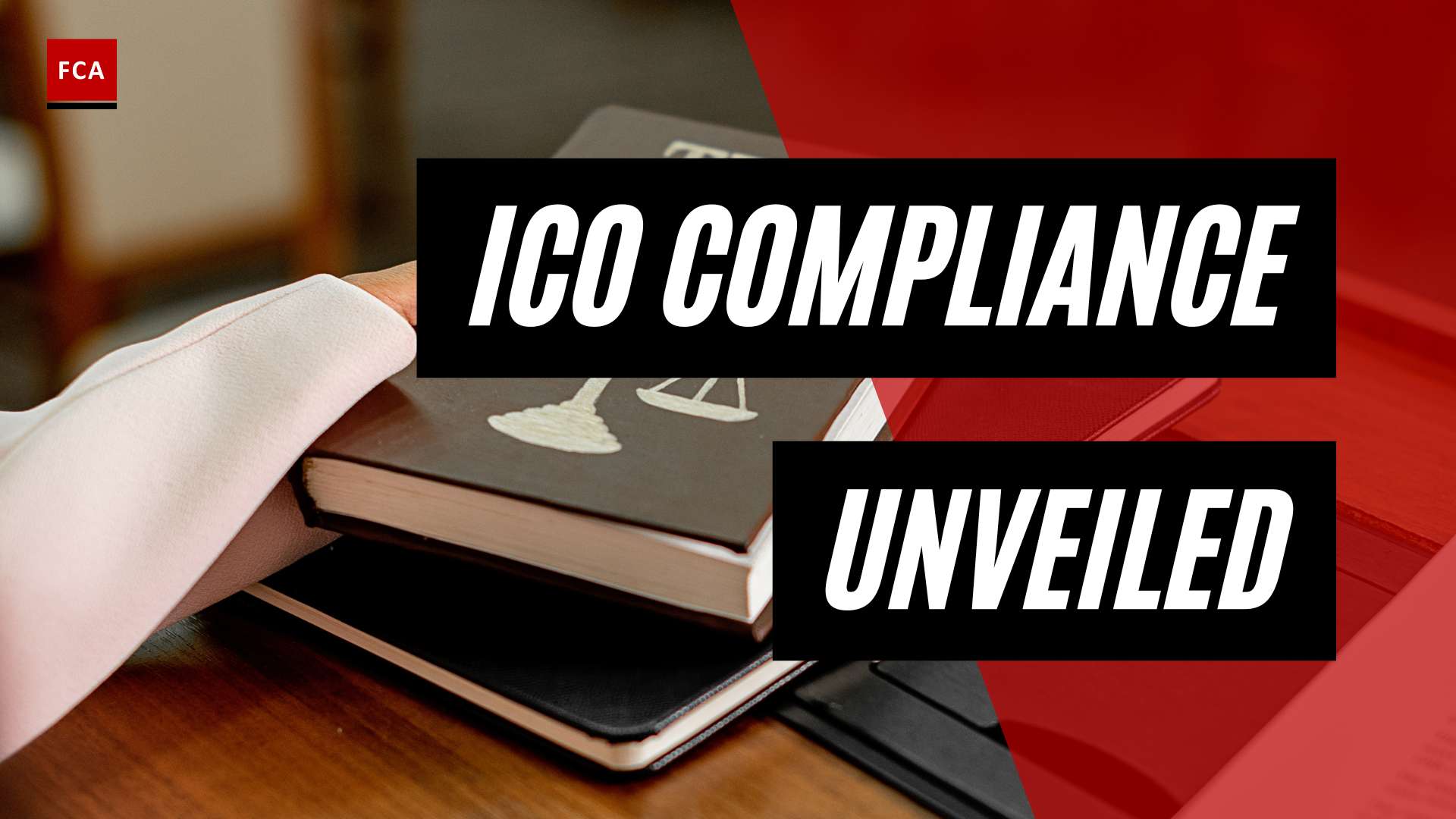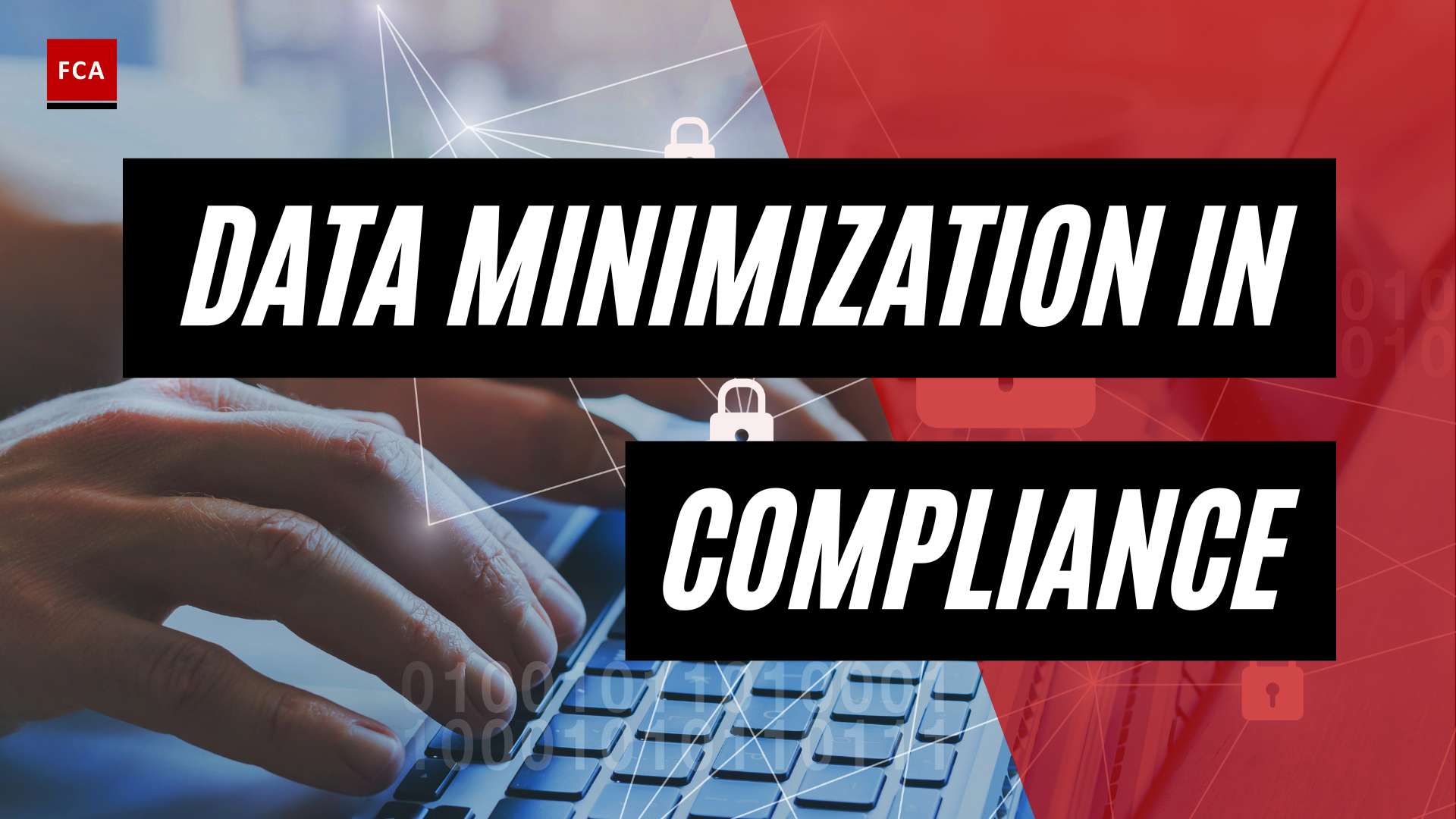Compliance with AML/KYC regulations necessitates a meticulous and structured approach in drafting investigation reports, ensuring the thorough analysis and evidence review is adequately reflected and all relevant laws and regulations are appropriately referenced.
When preparing draft investigations report, it’s important to follow a structured approach. The compliance team focuses extensively on the narrative part of the investigation report, and in some cases. The compliance investigation team should possess strong knowledge of applicable AML/KYC laws and regulations. Because performing transaction investigations and drafting the investigation report requires the application of regulatory compliance knowledge, relevant to the institution.
The compliance team drafts the investigation report after a thorough analysis and review of evidence gathered related to the transaction or series of transactions. The such draft investigation report should be based on a risk-based approach and highlight key and significant money laundering and terrorist financing risks, that are identified during the investigation and review process.
The report should be drafted in a logical sequence and contain all relevant applicable references to the AML/KYC and other applicable laws and regulations, such as regulations related to remittances, foreign exchange, currency management, risk management, information security, cross-border transactions, etc.

Compliance with AML/KYC Regulations: Preparing Draft Investigations Report
The ML/TF case investigation process involves the review of the historical financial transactions and other related information, to identify the root causes of the ML/TF event that occurred in the entity. Therefore, all such reviews performed should be documented in the draft investigation report.
The investigation report should include the type of customer and transaction under investigation, research, and planning performed for the investigation, type, and nature of onsite and offsite evidence gathered, review and analysis process followed, breaches identified related to compliance and internal controls, management biases noted, the information asked but not received or provided, stakeholders involved, detail of customer old and updated if any risk profiles, beneficiaries, and jurisdictions involved, applicable local and cross border laws and regulations, etc.
The report should also highlight any other or previous anomalies or suspicions identified during the transaction investigation to inform any previously occurring financial crime incident.
To assess the reoccurrence of ML/TF activities in the future in any particular department or function of the company, the investigators analyze the historical as well as current financial crime trends and incidents, to establish the inter-connections between them. This connection assessment should be highlighted in the transaction investigation report, for the review of senior management.
The compliance team should ensure that the evidence or facts reflected in the investigation report are correct, and therefore should reconsider the significant and key information before documenting and finalizing the transaction investigation report. It is also the responsibility of the money-laundering reporting officer (MLRO) to perform a detailed review of the investigation report before sharing it with the senior management or regulatory authorities if required.

This cross reference by the MLRO or compliance head should consider the ML/TF risks identified during the initial research and planning process, actual evidence gathered, new risks and breaches identified, applicable laws and regulations, internal policies requirements, and necessary industry best practices if required or available.
Different tools may be used to track the relevant information for the preparation of the investigation reports and their filing. The tools may be used to gather information about transaction data, customer profile data, account activity, and other information. The system allows the AML compliance team to check information databases to pull all available information together into a concise form for analysis, management review, and approval. Investigators focus on determining where the money came from, what happened to it while at the bank, and where it went when it left. All such information should be reflected in the investigation report.
After drafting and review of the report, the AML team share or discusses the draft report with process owners or stakeholders, to obtain further information or cross references. The input obtained from stakeholders is also reflected in the report, only if they are reliable and relevant.
When drafting the report, it’s important to be objective, factual, and concise. Use clear language and avoid jargon or technical terms that may be difficult for readers to understand. Make sure to cite all sources and provide sufficient evidence to support any conclusions or recommendations. Finally, proofread the report carefully to ensure accuracy and clarity.
Final Thoughts
Drafting an investigation report is a comprehensive process that requires meticulous preparation, structured execution, and deep understanding of applicable AML/KYC laws and regulations. The compliance team has the responsibility of creating a cogent narrative that identifies money laundering and terrorist financing risks, traces transactional history, notes any violations or abnormalities, and ensures that all aspects of the investigation are adequately documented and verified. Such a report must be created following a risk-based approach, focusing on all potential areas of concern.
Furthermore, the report should provide a detailed account of customer profiles, beneficiaries, jurisdictions involved, and applicable laws. The use of advanced tools is also critical to consolidate relevant information and ensure a thorough analysis. As an essential step, sharing the report with stakeholders for additional input and cross-verification ensures its validity and completeness. Overall, the quality, accuracy, and thoroughness of an investigation report are crucial for regulatory compliance, effective risk management, and the subsequent strategic decision-making process.








